
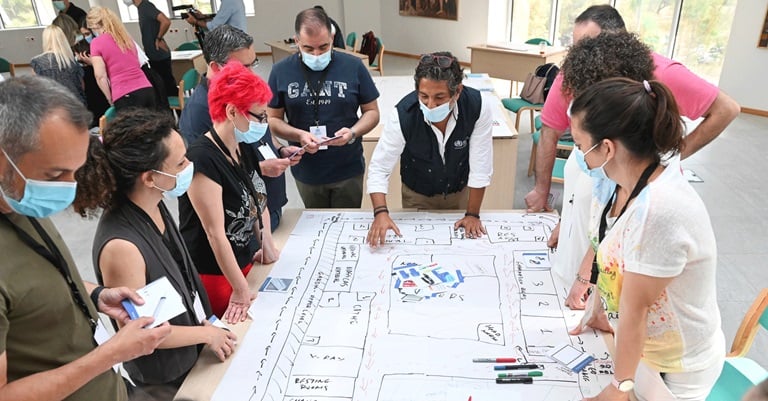
Compendium of WHO and other UN guidance on health and environment

Guidance on radiation and health
- UV radiation – natural and artificial
- Electromagnetic fields
- Radiation exposures in health care
- Radon
- Radioactivity in food and drinking-water
- Radiation emergencies
UV radiation – natural and artificial
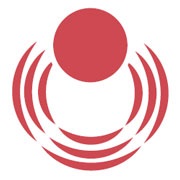
Human exposure to solar UV radiation may result in acute and chronic health effects of the skin (such as skin cancers) the eye (such as cataracts) and the immune system. All skin types can be affected. Natural UV radiation levels depend on sun elevation, latitude and altitude, cloud cover and ground reflection. More than 60 000 skin melanoma-related deaths were estimated to be caused by solar UV radiation in the year 2000.
Exposures can occur through UV radiation from the sun, but also from sunbeds and other artificial tanning devices. While all populations are potentially at risk, specific subpopulations such as children, outdoor workers and fair skinned people are at particular risk of skin cancer.
Electromagnetic fields

EMF covered in this section include those generated by consumer products (electric appliances, mobile phones), fixed installations (power lines, base stations, TV antennas, medical devices (e.g. those using magnetic resonance imaging) and other technologies which can be found in the environment, at the workplace and in health care facilities.
Radiation exposures in health care
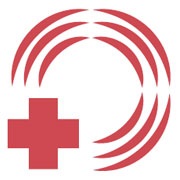
Every year, millions of patients globally benefit from medical uses of radiation. Because of the risks associated with radiation exposure, enhancing access to radiation technologies should be linked to building capacity to their safe and appropriate utilization. A balanced approach is required to maximize the benefits while minimizing risks for patients, health care workers and members of the public.
Policies and interventions are needed to ensure that radiation safety standards are applied and that guidance and tools are available for health facilities utilizing radiation for diagnostic and/or therapeutic purposes. Radiation protection should be integrated into policies and actions to improve quality of care, thus providing a framework for intersectoral cooperation involving all relevant stakeholders.
Radon
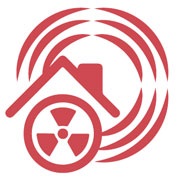
Radon is a radioactive gas that emanates from uranium in rocks and soils and tends to concentrate in enclosed spaces such as buildings and underground mines. It can also be present in water and in some building materials. Radon causes increased risk of lung cancer. A combination of smoking and indoor radon gas further increases the cancer risk. Exposure to radon causes 84 000 deaths per year (2019 data).
Radioactivity in food and drinking-water

Food and drinking-water can contain radioactive substances (radionuclides) that could present a risk to human health. The radiation exposure resulting from ingestion of radionuclides makes a contribution to the overall population radiation dose from the many different natural and human-made radiation sources of radiation found in our everyday lives. Foods and drinking-water can have a considerable range in variation of radionuclide concentrations, reflecting the radionuclide content of water, rocks, soil and fertilizers from where they originated and the prevalent circumstances (e.g. normal situations vs radiation emergencies).
Radiation emergencies
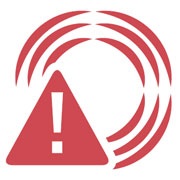
Radiation emergencies (including radiological and nuclear emergencies) may result from technological incidents, natural disasters, transport accidents, acts of terrorism, polluted environments, and may involve over-exposure from external sources or internally from contaminated air, drinking-water, foods and products. Large-scale nuclear accidents such as those that occurred in Chernobyl or Fukushima are rare but may affect millions and have global consequences.
Download the guidance on radiation and health
Read more
Related health topics


